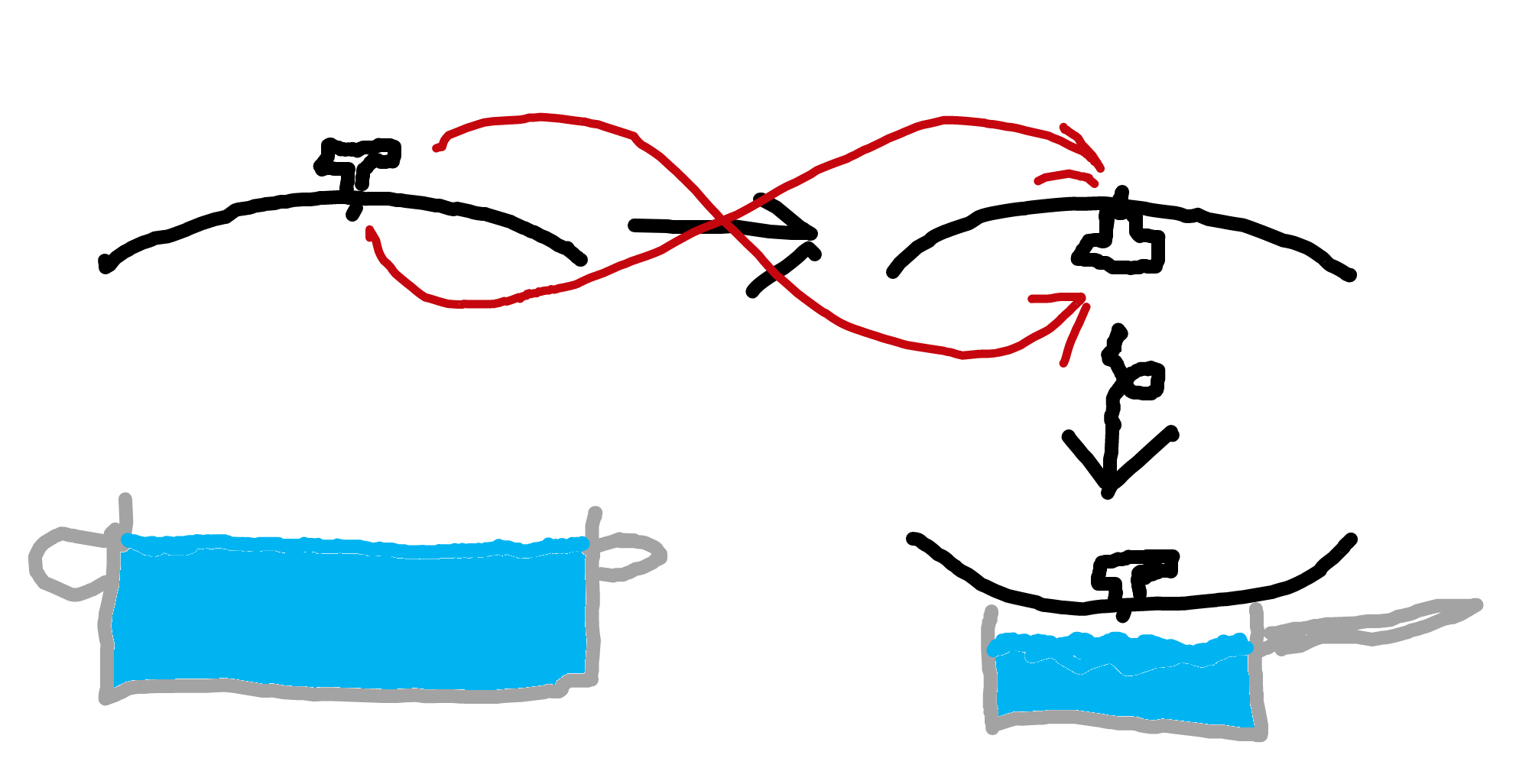When human shields are used, the attacking party must take into account the risk to civilians. 191 Indiscriminate or disproportionate harm to civilians remains unlawful and the civilian population can never be targeted.
So, from this I understand that every time Israel makes an accusation of “human shields”, it’s a direct admission of guilt of war crimes in that they are knowingly targeting civilians.










“Protocol fragmentation” is not a valid complaint about XMPP – it’s like complaining that ActivityPub is fragmented; but that’s not a problem: you use the services (Mastodon, Lemmy, Kbin, etc) built with it which suit your needs, mostly interacting with that sector of the federation (eg, Lemmy+Kbin), but get a little interoperability with other sectors as a bonus (eg, Lemmy+Mastodon).